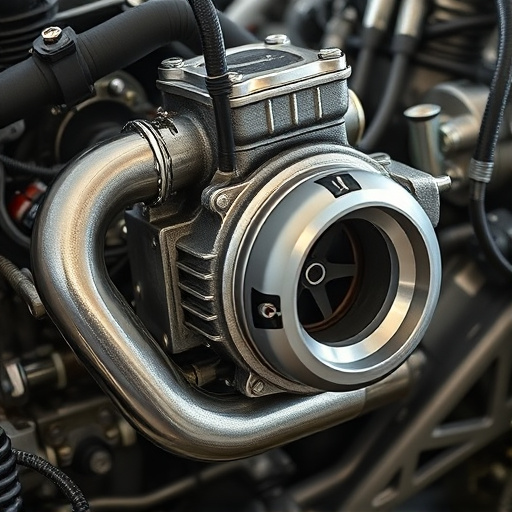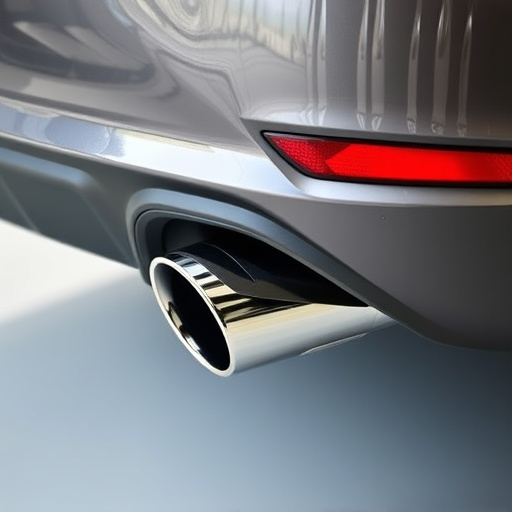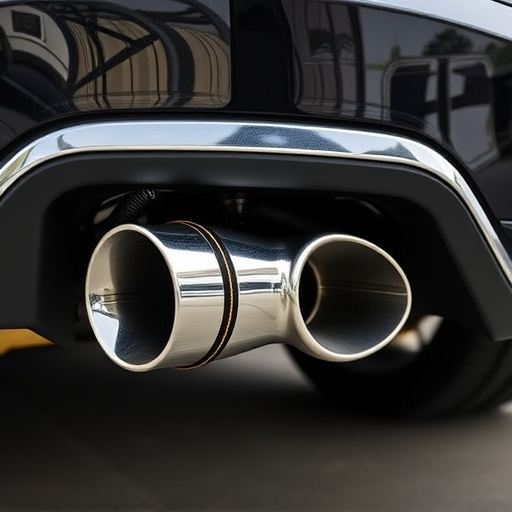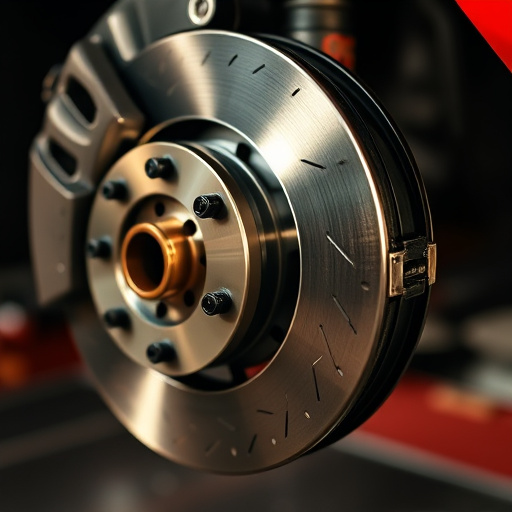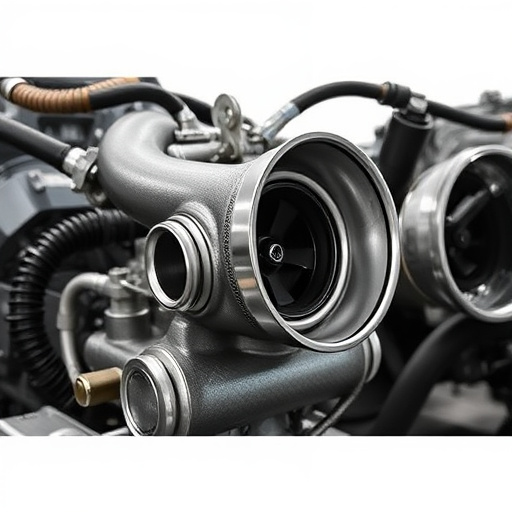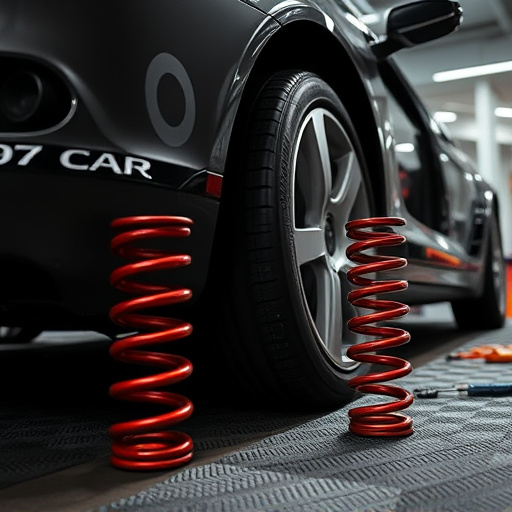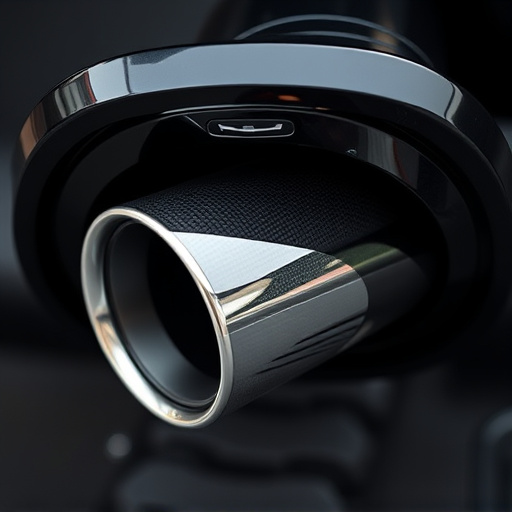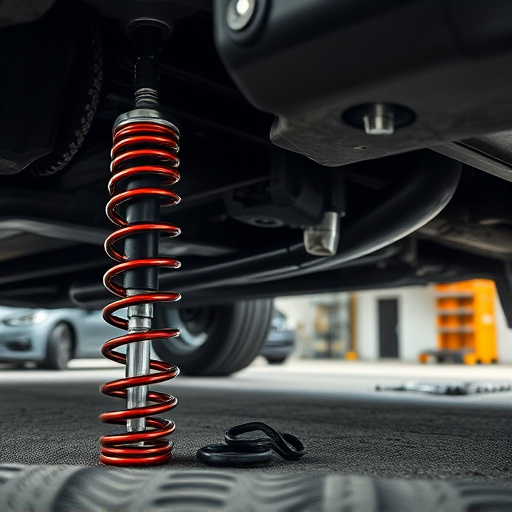Long tube headers are performance enhancing components for vehicles, optimizing engine efficiency and power delivery through reconfigured exhaust systems that reduce backpressure, increase airflow, and facilitate better combustion. Dyno tests validate substantial gains in horsepower, torque, throttle response, fuel efficiency, and reduced exhaust backpressure compared to standard exhaust systems. Their design principles minimize turbulence, optimize combustion, and enhance heat dissipation, making them a popular choice among automotive enthusiasts for both daily driving and track conditions.
Unleash your vehicle’s hidden power with long tube headers—a simple yet effective modification that promises significant performance gains. This article delves into the science behind these headers, exploring how they optimize engine intake for increased horsepower and torque. Through rigorous dyno tests, we demonstrate their efficiency, showcasing measurable improvements that can transform your driving experience. Discover why long tube headers are a popular choice among enthusiasts seeking top-tier performance.
- Unlocking Power: Long Tube Headers' Promise
- Dyno Tests: Proving Efficiency and Gains
- The Science Behind Improved Performance
Unlocking Power: Long Tube Headers' Promise
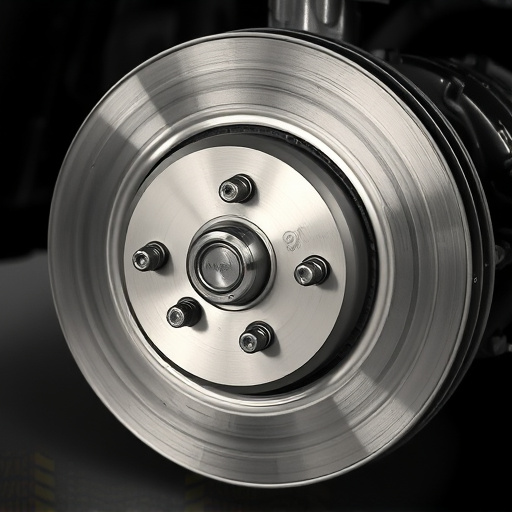
Long tube headers have been making waves in the automotive world, promising significant performance upgrades for vehicles. These custom-engineered components offer a unique approach to improving engine efficiency and power delivery. By reconfiguring the exhaust system, long tube headers create a longer and more optimized flow path for gases, allowing for better combustion and increased horsepower.
This innovative design differs from traditional short-tube headers by providing a more direct route for exhaust gases to exit the cylinder, reducing backpressure. This reduction in backpressure enables the engine to breathe easier, resulting in improved torque output and faster acceleration. Moreover, long tube headers often incorporate larger diameter tubes, which can accommodate larger exhaust valves, further enhancing airflow and power potential. With their ability to enhance performance, long tube headers are a popular choice among enthusiasts seeking that extra edge in both daily driving and track conditions, even when compared to standard exhaust systems, muffler tips, or brake rotors.
Dyno Tests: Proving Efficiency and Gains
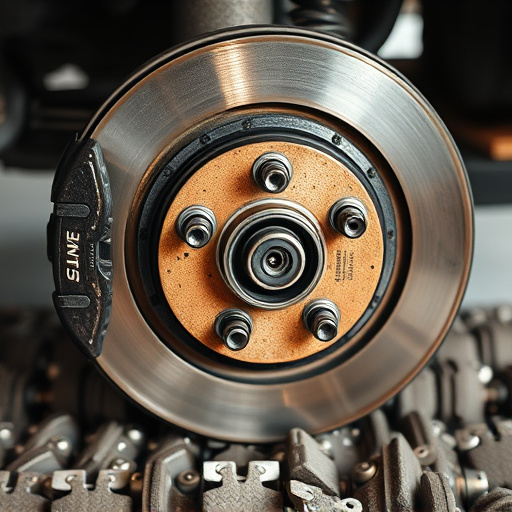
Dyno tests serve as an indispensable tool to validate the performance advantages offered by long tube headers. By simulating real-world driving conditions, these tests provide concrete data on power gains, torque output, and overall engine efficiency. Unlike static testing methods, dyno runs offer a dynamic environment where factors like backpressure, flow rates, and exhaust gas temperatures can be meticulously measured. This allows for a comprehensive understanding of how long tube headers enhance an engine’s performance, making it easier to compare against stock setups or other modifications like high-flow air filters and cold air intakes.
The results from dyno tests are especially crucial when showcasing the benefits of long tube headers to both enthusiasts and professionals. By presenting measurable improvements in horsepower and torque, these tests dispel any myths about performance gains being merely theoretical. Moreover, they highlight the potential for improved throttle response, better fuel efficiency (when tuned appropriately), and reduced exhaust backpressure, all of which contribute to a more enjoyable driving experience.
The Science Behind Improved Performance
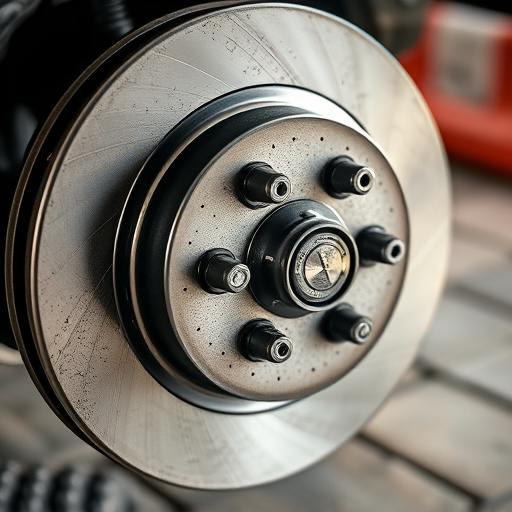
The performance gains attributed to long tube headers can be largely attributed to several scientific principles. Firstly, their design allows for a more efficient flow of gases within the exhaust system, minimizing backpressure and maximizing engine power. This is achieved by providing longer, smoother pathways for exhaust gases to exit, reducing turbulence and optimizing combustion. Additionally, long tube headers facilitate better heat dissipation, which can enhance engine performance by keeping the components cooler under high-load conditions.
Moreover, integrating long tube headers with high-performance parts like advanced air intake systems creates a synergistic effect. The improved airflow and fuel delivery enabled by these headers contribute to a more complete combustion process, resulting in increased horsepower and torque. This combination not only enhances engine performance but also improves overall vehicle dynamics, making it a popular choice among automotive enthusiasts seeking top-tier driving experiences.
Long tube headers have proven their worth on the dyno, offering significant performance gains. By optimizing gas flow and reducing backpressure, these headers unlock hidden power potential in any engine. Through rigorous dyno testing and scientific analysis, it’s clear that long tube headers are a reliable choice for enthusiasts seeking enhanced performance. Embrace the benefits of this efficient design and experience the difference for yourself.



